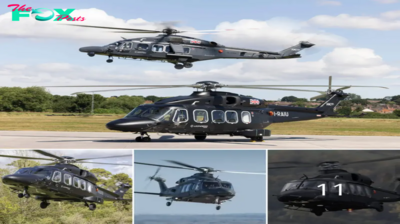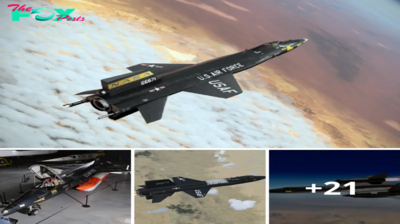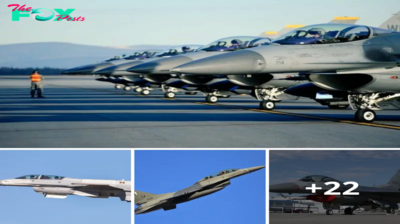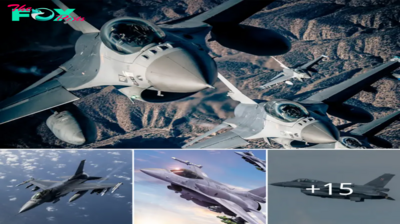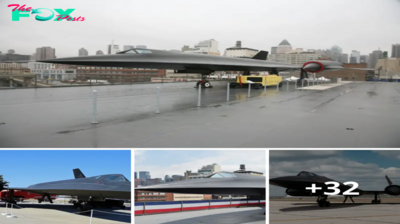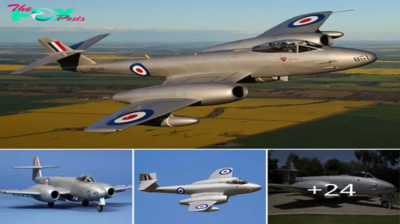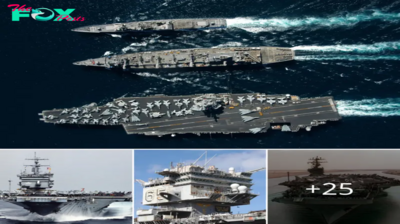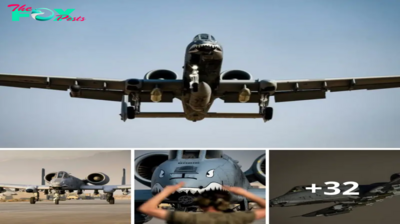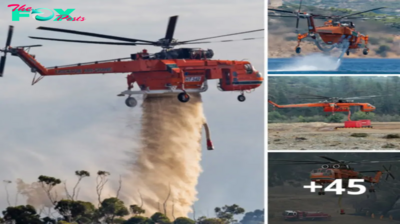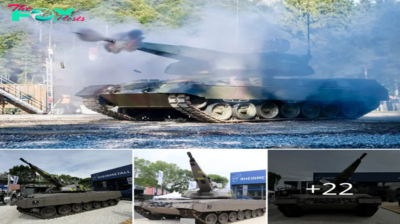Boeing has advanced its manned-unmanned teaming (MUM-T) Technology using a digital F/A-18 Super Hornet and MQ-25 Stingray. The testing shows the software is maturing for future U.S. Navy use and a potential to deploy the teaming capability on both F/A-18 Block II and III Super Hornets. In a simulator lab, a Boeing-led team virtually demonstrated an F/A-18 pilot coMMAnding an unmanned MQ-25 to release a refueling drogue and refuel the Super Hornet, using existing communications links on both platforms. The new software is a maturation of tests Boeing has previously done. In addition to the upgraded software, test teams pulled in hardware and datalinks already installed on both platforms to run the finalized software further proving Boeing’s readiness to deliver this capability to the Navy.
“The goal of the demonstrations was to make MUM-T refueling as real as possible. Aerial refueling is like a ballet as two airplanes come together. To be able to direct the activities via a single pilot, safely and efficiently, is a major step forward in aerial refueling Technology,” said Juan Cajigas, director, Advanced MQ-25 program.
“MQ-25 is designed to typically receive coMMAnds from air vehicle pilots on an aircraft carrier. This software will add a second option, enabling pilots to initiate coMMAnds right from their cockpit,” said Alex Ewing, F/A-18 New Product Development lead.

The Boeing MQ-25 Stingray is an aerial refueling drone that resulted from the Carrier-Based Aerial-Refueling System (CBARS) program, which grew out of the earlier Unmanned Carrier-Launched Airborne Surveillance and Strike (UCLASS) program. Boeing’s MQ-25 design is powered by one Rolls-Royce AE 3007N turbofan engine delivering 10,000 lbf (44 kN) of thrust; this is a variant of the engine used to power the Navy’s MQ-4C Triton. The aircraft is less stealthy than flying wing UAVs. It does feature a stealthy fuselage shaping, flush inlet to shield engine blades from radar, and a V-tail. As of 2020 the U.S. Navy planned to establish Unmanned Carrier Launched Multi-Role Squadron 10 (VUQ-10) in October 2021 with four aircraft. The new unit was to be based at Naval Base Ventura County (which includes Naval Air Station Point Mugu).
The Boeing-created software will significantly reduce the time it takes for an F/A-18 to communicate with an MQ-25, giving pilots greater flexibility in refueling from longer distances. As a leading global aerospace company, Boeing develops, manufactures and services commercial airplanes, defense products and space systems for customers in more than 150 countries. The Boeing Company is an American multinational corporation that designs, manufactures, and sells airplanes, rotorcraft, rockets, satellites, and missiles worldwide. The company also provides leasing and product support services. Boeing is among the largest global aerospace manufacturers; it is the largest exporter in the United States by dollar value.





